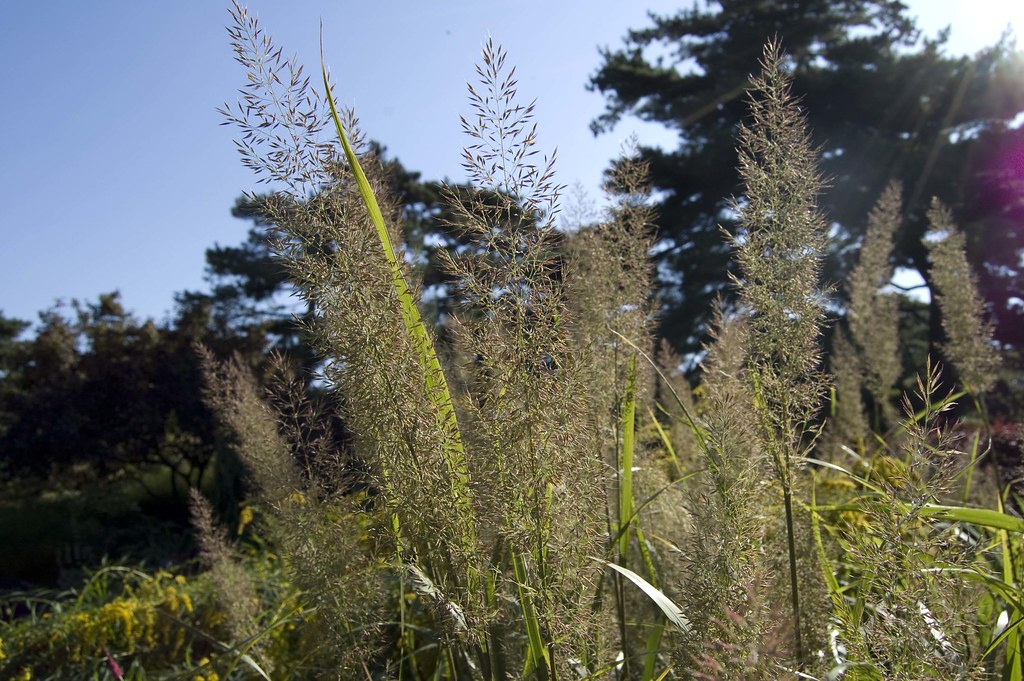Tip of the Week — 12/29/08
Posted in Gardening Tips on December 29 2008, by Sonia Uyterhoeven
Looking Back at the Year
 Sonia Uyterhoeven is Gardener for Public Education at The New York Botanical Garden.
Sonia Uyterhoeven is Gardener for Public Education at The New York Botanical Garden.
 I was fortunate enough to spend two weeks in the Southeast of England this past July. As I toured around a handful of gardens, one thing that made a lasting impression was the size of the plants. With their cool summers and ample rainfall, perennials that grow three feet tall in the New York area were happily stretching up to four or five feet.
I was fortunate enough to spend two weeks in the Southeast of England this past July. As I toured around a handful of gardens, one thing that made a lasting impression was the size of the plants. With their cool summers and ample rainfall, perennials that grow three feet tall in the New York area were happily stretching up to four or five feet.
On this side of the pond the past year felt distinctly British. Spring lasted for more than a quick two-week spell with the cool weather and rain that extended well into May. July certainly had periods that were hot and the rains came infrequently in heavy downpours; the tropical plants in the Garden took notice and jumped into their full glory. August surprised me. Instead of the stifling heat and insufferable humidity that I have grown accustomed to, it was pleasant. The intense heat never came.
These are the moments that I wish I had a crystal ball. Had I known this ahead of time, I would have filled my perennial borders with lupines, penstemons, and delphiniums. I would have also cut back some of my larger, floppier customers such as the Montauk daisy (Nipponantheum) even harder than I normally do.
The ornamental grasses grew taller than I was accustomed to and needed more staking than in previous years. Many plants doubled in size and spread happily through the garden. My catmint (Nepeta) lost its sense of time and did not know when to stop flowering. Along with the lavender, it sent up sporadic blooms through the summer and well into fall. My Virginia sweetspire (Itea) decided that fall had come early and started to show its fiery reds as early as mid-August.
Observation is one of the finest tools that gardeners can posses. Gardeners not only work with plants, they work with nature. Observing nature and watching how changes in the environment directs and affects the growth and the cycles in the garden is one of the greatest gifts. It teaches gardeners more about plants than any textbook ever could.

